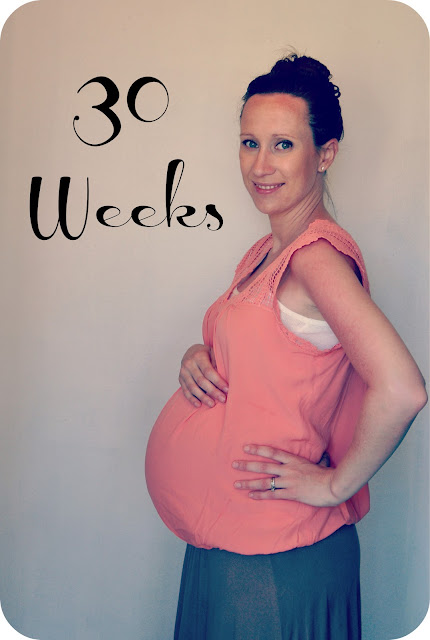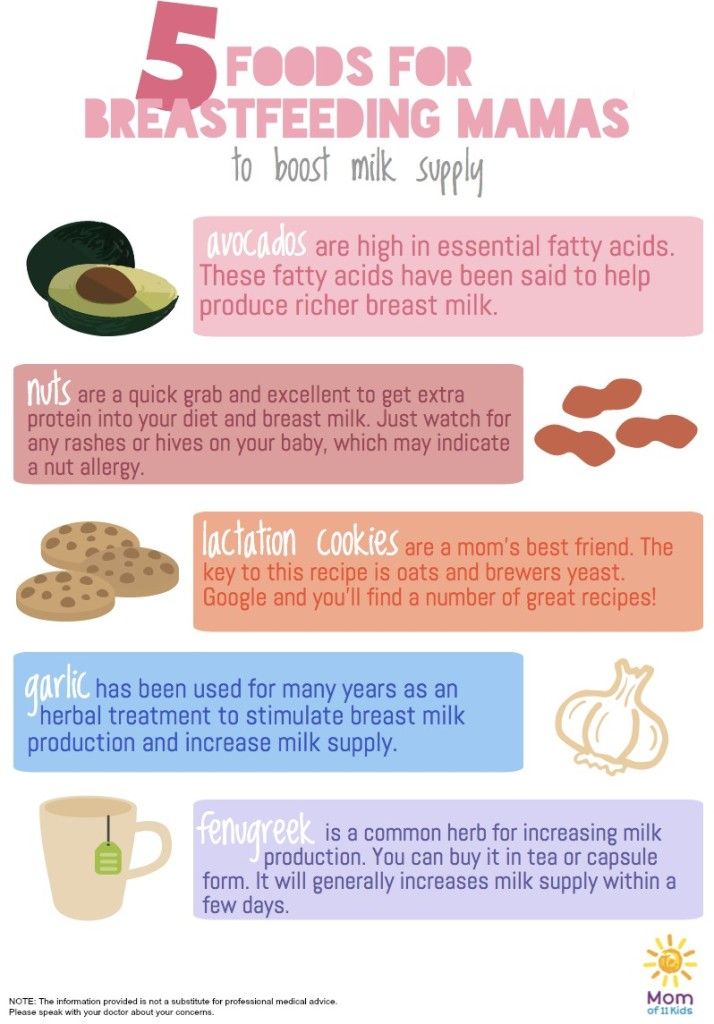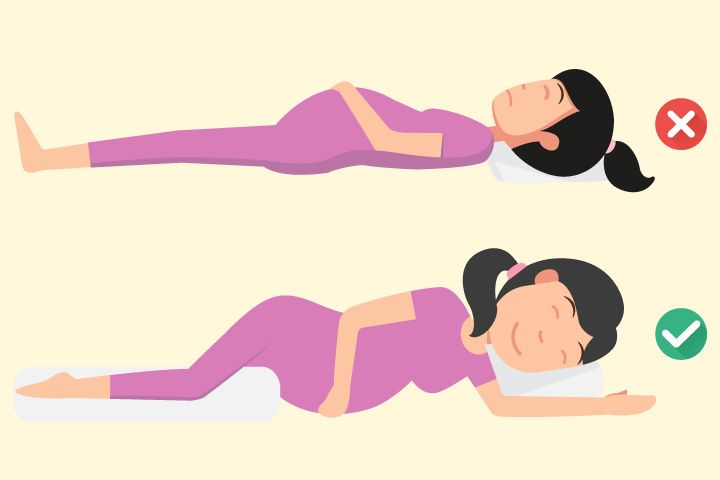Fetal movement at 24 weeks what is normal
Babies Movements During Pregnancy: What’s Normal?
Regular kicks, twists, punches, and cartwheels from your baby are common and important to be aware of. Some days, you may feel like you’re carrying an Olympic gymnast and others you may feel like you are carrying a leisurely swimmer! Now is the time to become familiar with your baby’s movements because those movements can help indicate different stages of your pregnancy and your baby's health.
If you have friends who are pregnant or who recently had a baby, it can even be fun to talk about your babies' moves and dances. Just remember, every pregnancy is different and every baby is unique, so each baby will dance inside their mom differently.
Why Do Babies Move in the Womb?
We all need exercise and your little one is no different! Here are a few reasons why it is imperative to be familiar with your baby's movements:
Your tiny dancer might move as a response to stimuli such as your voice, exercise, or a spike or drop in your blood sugar.
As your baby’s brain continues to develop, activity in the brain may also stimulate movement. If there is a lack of oxygen, that can negatively impact your baby and might result in a marked decrease or cessation of your baby's movements. A doctor should be consulted immediately if there is a marked decrease.
Your little one needs exercise, just like you, to help their bones and muscles develop
Remember, your baby needs sleep and rest to grow strong and healthy so there will be periods when there’s no movement. That’s common and nothing to be worried about. You should still work to familiarize yourself with your baby's patterns so you can recognize changes in how often he or she is active.
Baby Movement Milestones
Let’s talk about milestones. The following are common movement patterns you’ll probably notice as your pregnancy progresses:
At 8 Weeks
With a developing nervous system, and developed legs, fingers, toes, bones, and muscles your baby may begin to move, however you will not feel any movements until later into the pregnancy.
At 16 Weeks
First-time moms may not feel anything between 16 and 20 weeks but this is normal. If you have been pregnant previously, this is when you might begin to feel a periodic butterfly sensation.
At 24 Weeks
Your baby's movements will be more noticeable around 24 weeks. The movements will still be sporadic, but with less wiggle space, you will feel the cartwheels and kicks more. Your baby’s auditory system is now developed, so you can play music for your little one to dance to.
At 28 Weeks
This is the point when your doctor will likely suggest counting kicks. This is also the point when your little one begins dreaming as they experience REM sleep. REM stands for Rapid Eye Movement and this is the phase of sleep when most people experience dreams. If you experience phases of little movement, don’t worry your baby is just resting.
Counting Kicks
Your doctor may give you a chart to help you track your baby’s movements, but don’t stress so much over counting the kicks that you miss out on enjoying your baby’s movements.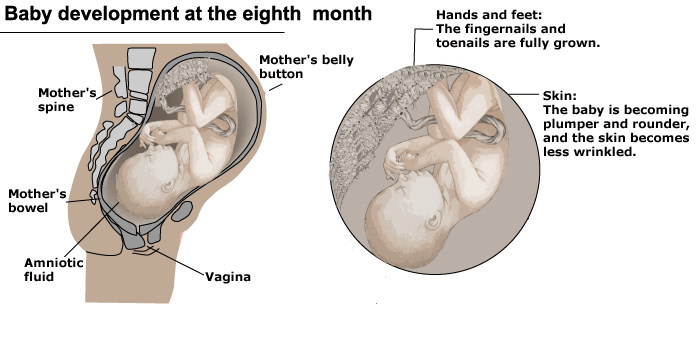 Remember this is a miracle that a tiny human is moving inside of you! Track how many movements you feel in a given period of time so you can be aware of dramatic changes that might indicate a red flag.
Remember this is a miracle that a tiny human is moving inside of you! Track how many movements you feel in a given period of time so you can be aware of dramatic changes that might indicate a red flag.
Once you notice a pattern, document the time of the first movement in your baby’s active session. Set a timer for two hours and within that time you can expect to feel at least 10 large movements.
Tip: Consult your doctor on whether or not they recommend counting kicks. Ask specifically if you have a high-risk condition that makes them recommend kick counts. A low risk pregnancy does not usually require specific kick counting rather it suggests a general awareness of your baby’s movements.
Decreased Fetal Movement
If this is your first pregnancy, you may not feel movement until closer to 25 weeks, but it’s important to be familiar with your baby’s patterns once they start moving around. Noticing a change in movement, which could be the result of a complication, can save your baby’s life.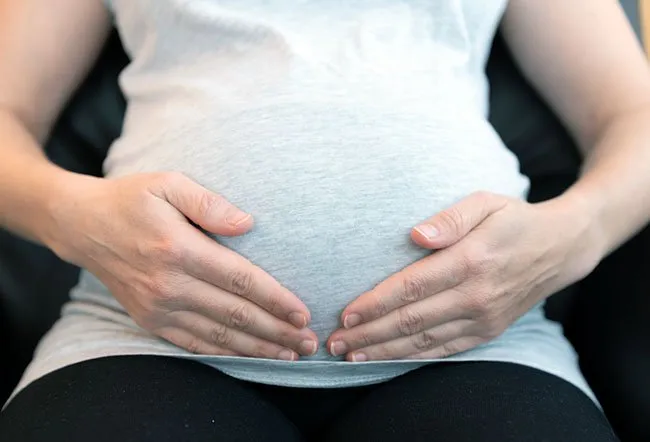 If you notice a decrease in movements or strength of kicks you should contact your OB/GYN or midwife right away. Abnormal movements may be the result of complications such as issues with the placenta, your uterus, or the umbilical cord.
If you notice a decrease in movements or strength of kicks you should contact your OB/GYN or midwife right away. Abnormal movements may be the result of complications such as issues with the placenta, your uterus, or the umbilical cord.
Your doctor may perform a non-stress test which monitors the heart rate over a period of time, or a biophysical profile, which looks directly at movement and amniotic fluid levels with an ultrasound. If you are nervous, you can try some methods to get your little one moving: try eating or drinking something sweet or cold, go on a walk, gently push on your tummy to wake up your baby, or try talking to them—at this point they can recognize your voice.
Don’t Forget
Your own activity level has patterns, and may vary depending on the day. Remember that your activity level isn’t the same as your mom’s, neighbors', or friends', so your baby’s activity level is not going to be the exact same as another baby’s either.
Keep an eye on trends. If counting kicks causes too much anxiety, just look for patterns and count every once in a while. Make sure your baby is getting enough exercise to grow healthy and strong. If you notice a dramatic decline in movement or if you notice your baby is generally not moving a lot, call your doctor. Trust your gut and your maternal instincts.
If counting kicks causes too much anxiety, just look for patterns and count every once in a while. Make sure your baby is getting enough exercise to grow healthy and strong. If you notice a dramatic decline in movement or if you notice your baby is generally not moving a lot, call your doctor. Trust your gut and your maternal instincts.
Enjoy the miracle of feeling another human kick and dance inside your tummy! There’s nothing like it.
Baby movements in pregnancy | Tommy's
You may feel your baby move as early as 16 weeks of pregnancy, but most women usually feel something between 18 and 24 weeks. If this is your first pregnancy, you may not notice your baby’s movements until you are more than 20 weeks pregnant.
Tommy's has developed a guide to baby movements in partnership with NHS England on baby's movements in pregnancy. It is available in ten languages at the bottom of this page.
What does a movement feel like?
Baby movements in the womb, also known as fetal movements or ‘kicks’, can feel like anything from a flutter, kick, swish or roll.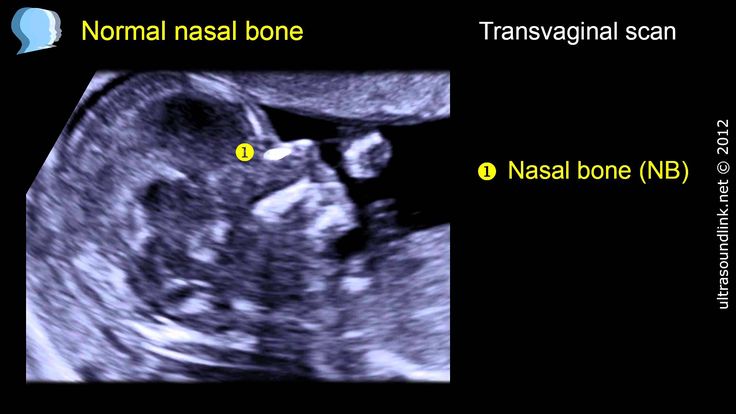 The type of movement may change as your pregnancy progresses.
The type of movement may change as your pregnancy progresses.
How often should my baby move?
There is no set number of normal movements you should be feeling – every baby is different. Get to know how your baby moves.
From 18-24 weeks on you should feel the baby move more and more. After 32 weeks, the movements will stay roughly the same until you give birth.
- It is NOT TRUE that babies move less towards the end of pregnancy.
- You should CONTINUE to feel your baby move right up to the time you go into labour and during labour.
Get to know your baby’s normal kicks and movements.
DO NOT WAIT until the next day to seek advice if you are worried about your baby’s movements
Contact your midwife or maternity unit immediately if you think your baby’s movements have slowed down, stopped or changed. There are staff on the hospital maternity unit 24 hours a day, 7 days a week.
- DO NOT put off calling until the next day to see what happens.
- Do not worry about phoning. It is important for your doctors and midwives to know if your baby’s movements have slowed down or stopped.
Find out what should happen when you report reduced fetal movement
Why are my baby’s movements important?
Feeling your baby move is a sign they are well.
If your baby moves less or if you notice a change this can sometimes be an important warning sign that a baby is unwell. If you get the right treatment and care as soon as you can this could save your baby’s life.
Is there anything that can affect being able to feel my baby move?
You may be less likely to be aware of your baby’s movements when you are active or busy.
If your placenta is at the front of your uterus (womb), it may not be easy for you to feel your baby’s movements. If your baby’s back is lying at the front of your uterus, you may feel fewer movements than if his or her back is lying alongside your own back.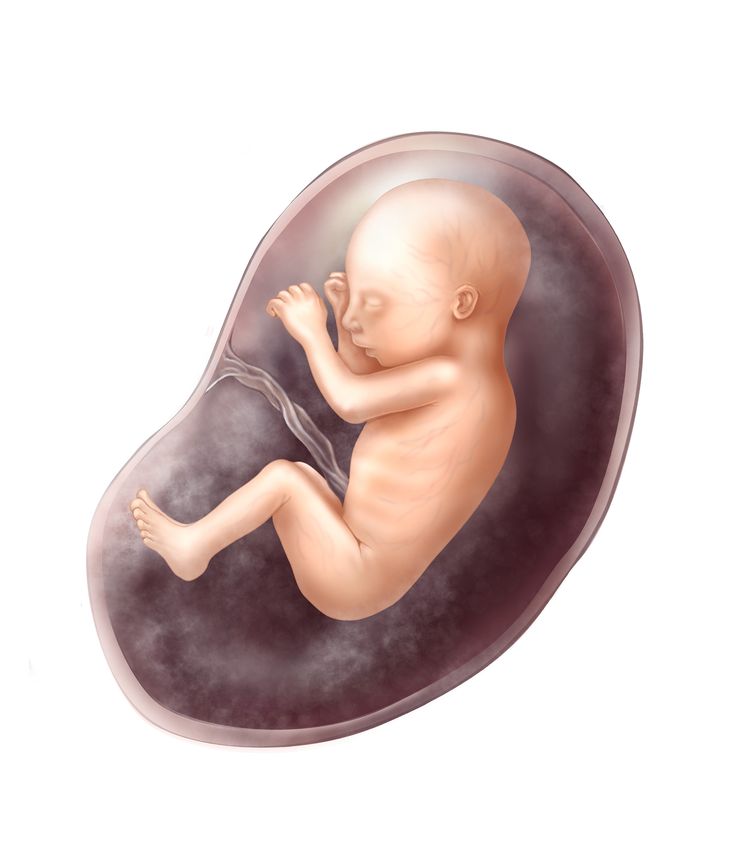
But don’t assume this is why you can’t feel your baby’s movements. If you think your baby’s movements have slowed down, stopped or changed contact your midwife or maternity unit immediately. It’s always best to get checked.
Your baby lying head down or bottom first will not affect whether you can feel them move.
Can I make my baby move?
No, you should not try to make your baby move. If you think your baby’s movements have slowed down, stopped or changed contact your midwife or maternity unit immediately.
Can I use a home doppler to check on my baby?
Do not use any hand-held monitors, dopplers or phone apps to check your baby’s heartbeat. Even if you think you detect a heartbeat, this does not mean your baby is well because it might be your own heartbeat. You need to be checked by a healthcare professional.
Find out more about why using home devices are not a safe way of checking your baby’s health.
You need to be monitored by a cardiotocography machine or a midwife who can interpret the baby’s heartbeat.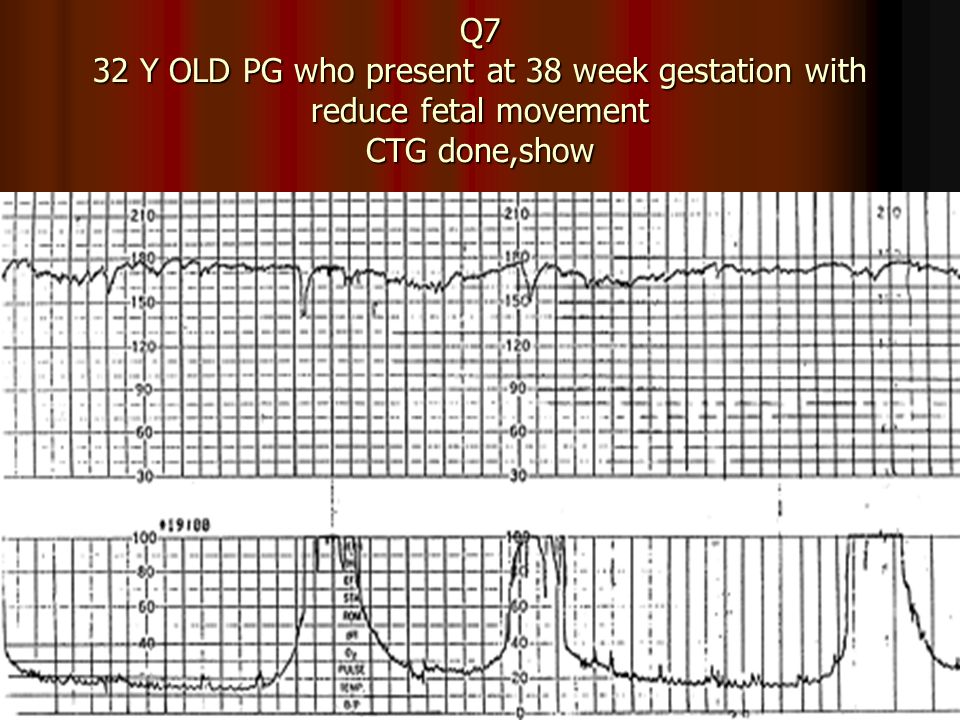
Any care or treatment that could save a baby needs to be done when the baby has a heartbeat.
What happens if my baby's movements have slowed down?
Less than 24 weeks pregnant
Contact your midwife if you have never felt your baby move by 24 weeks. They will check your baby’s heartbeat. You may have an ultrasound scan and you may be referred to a specialist fetal medicine centre to check your baby's health.
Between 24 and 28 weeks pregnant
You should contact your midwife or local maternity unit immediately. Do not wait until the next day or next appointment.
You will have a full antenatal check-up that includes checking the size of your uterus, measuring your blood pressure and testing your urine for protein. If your uterus measures smaller or larger than expected, you may have an ultrasound scan to check on your baby’s growth and development.
Over 28 weeks
You should contact your midwife or local maternity unit immediately. Do not wait until the next day or next appointment.
Do not wait until the next day or next appointment.
You will have a full antenatal check-up, your baby's heart rate will be monitored to reassure you about your baby's wellbeing. This is done with a cardiotocograph monitor.
An ultrasound scan may be arranged if:
- your womb is smaller or larger than expected
- you have a high risk pregnancy
- the heart rate is normal but you still feel that your baby's movements are slower or less
- you have had reduced fetal movements already in your pregnancy.
If the movements have slowed down does it mean my baby is not well?
Fewer movements could mean that your baby is unwell, but usually these checks reveal that everything is OK. Most women who have experienced one episode of fewer movements go on to have a straightforward pregnancy and healthy baby. However it is very important that you are checked to make sure everything is OK.
What if my baby’s movements are reduced again?
If, after your check up, you are still not happy with your baby’s movement, you must contact either your midwife or maternity unit straight away, even if everything was OK last time.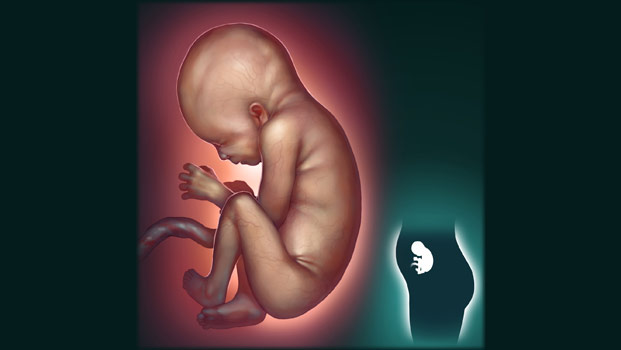
NEVER HESITATE to contact your midwife or the maternity unit for advice, no matter how many times this happens.
Download the leaflet
The leaflet Feeling your baby move is a sign that they are well is available to download in English and many different languages.
Pregnancy management at EMC Fetal movement test at EMC Medical Clinic
A woman expects many new sensations and emotions during pregnancy. One of the most pleasant moments during this period is the first movements of the baby.
Can you feel him pushing? So he communicates with you, talks about himself.
By how often you feel his movements, you can judge the temperament and his well-being.
To understand if your baby is doing well, you need to regularly, preferably daily, conduct a "fetal movement test", and all that is required for this is to independently observe the baby's movements.
The first movements of the fetus, as a rule, appear at the 20th week of pregnancy, but may appear a little earlier or a little later.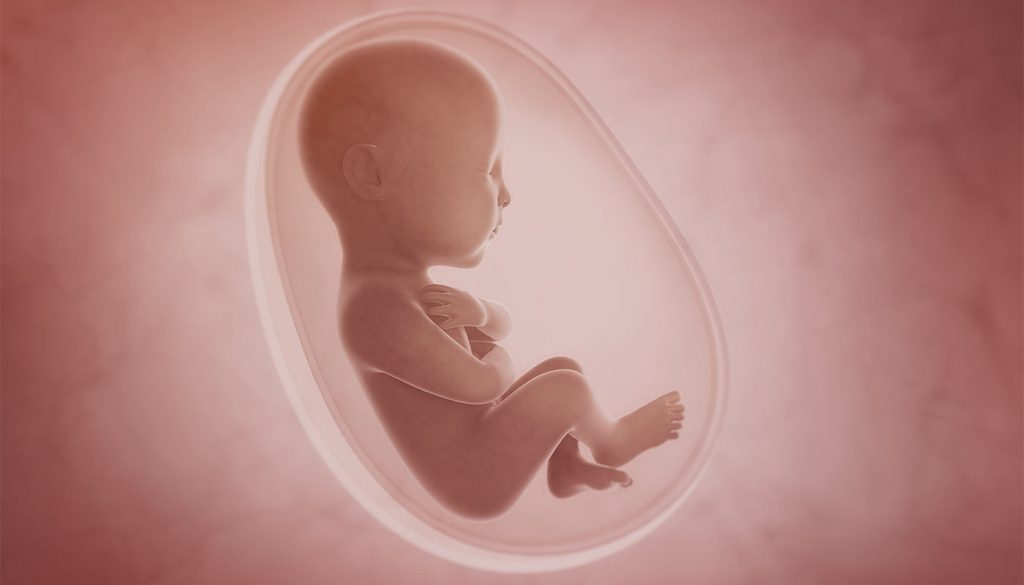 Explicit regular movements begin from the 24th week. From now on, the child should remind himself about 10-15 times an hour. Of course, if you do not feel anything for 2-3 hours, it does not mean that something has happened. Maybe the baby is just sleeping. But in general, movements during the day should be regular.
Explicit regular movements begin from the 24th week. From now on, the child should remind himself about 10-15 times an hour. Of course, if you do not feel anything for 2-3 hours, it does not mean that something has happened. Maybe the baby is just sleeping. But in general, movements during the day should be regular.
Why is ultrasound and CT not enough?
Ultrasound and CTG are modern effective methods for diagnosing the condition of the fetus, which accurately determine the parameters of blood circulation and heartbeat at a particular moment and are carried out at a certain interval if there are no medical indications for more frequent examination. Therefore, usually at the appointment, the doctor asks the woman a question about whether she noticed changes in the "behavior" of the baby. In case of any changes, the doctor will recommend re-examination.
It is important that by conducting a regular fetal movement test, you constantly keep your unborn child's well-being under control.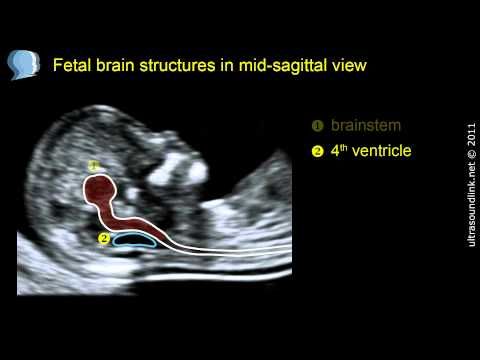 According to international studies, this not only allows you to identify and prevent possible problems in a timely manner, but also reduces the overall level of anxiety in pregnant women.
According to international studies, this not only allows you to identify and prevent possible problems in a timely manner, but also reduces the overall level of anxiety in pregnant women.
What determines the activity of the fetus
Of course, to some extent, the baby's mobility in the mother's womb is influenced by his temperament, but, of course, this is not the main thing. Its activity is largely determined by the following factors:
-
The volume of physical activity of a pregnant woman. If you lead a fairly active lifestyle during pregnancy, fetal movements may be felt less frequently.
-
Time of day. Although babies inside the tummy do not make much difference, day or night - they lead an active life when they want - practice proves that they become more active at night.
How to count movements
The most common is the Pearson or "Count to 10" method. You need to take into account any movement of the baby, excluding hiccups - pushes, kicks, flips, etc. But count not the number of movements following each other, but the alternation of rest and activity (both groups of movements and single ones). That is, if the baby first rolled over, then immediately pushed, this is only one movement.
But count not the number of movements following each other, but the alternation of rest and activity (both groups of movements and single ones). That is, if the baby first rolled over, then immediately pushed, this is only one movement.
According to the Pearson method, a woman from the 28th week of pregnancy keeps a diary in which, from 9:00 to 21:00 marks the movements of the baby. If in 12 hours there are 10 or more movements, you don’t have to worry - everything is in order with the child. Modern technology allows you to abandon the diary. You can install a special application based on this technique on your smartphone.
There is also a shorter but more rigorous method recommended by the American Society of Obstetricians and Gynecologists—"Count to 10 in 2 Hours." You yourself choose what time of day the baby is more active, and conduct the test during this period. A sign of good health of the fetus is 10 or more movements recorded in 2 hours.
With any technique, if you cannot count the required number of movements, be sure to consult a doctor!
Fetal movement - how and when does it happen
- At what time does fetal movement begin
- Fetal movement rate
- Methods for assessing the "sufficiency" of fetal movements
- Changes in fetal activity
- Determination of fetal condition
“Dear patients, we are pleased to welcome you to the website of the Fetal Medicine Center – a medical center of expert level in the field of modern prenatal medicine.
We see our mission in making the expectation of a child and its birth a happy, calm and most comfortable period for every woman. By providing professional medical support, we help couples plan pregnancy, control its harmonious course, conduct expert-level prenatal diagnostics, providing comprehensive care for the health of the expectant mother and baby.”
Roza Saidovna Bataeva
Head of the Fetal Medicine Center in Moscow
From the very beginning of pregnancy, every expectant mother begins to listen anxiously to the sensations inside the growing tummy. Can't wait to feel your baby move. When does the fetus begin to move? At what time can a pregnant woman begin to listen carefully to herself, waiting for the first movements of her child? Should I be worried if they are not felt or the baby suddenly calmed down? And can movements carry any other information, besides communicating with mom?
At what time does the fetal movement begin
The first movements of the future baby begin early - already at 7-8 weeks of pregnancy . It was at this time that the first muscles and the rudiments of the nervous system of the fetus are formed. Naturally, at this time, the movements of the embryo are still very primitive - these are muscle contractions in response to nerve impulses.
It was at this time that the first muscles and the rudiments of the nervous system of the fetus are formed. Naturally, at this time, the movements of the embryo are still very primitive - these are muscle contractions in response to nerve impulses.
Approximately from 10 weeks of pregnancy the fetus begins to move more actively in the uterus, and, encountering an obstacle on its way (walls of the uterus), change the trajectory of movements. However, the baby is still very small and the impacts on the uterine wall are very weak, the expectant mother cannot yet feel them. At 11-12 weeks of intrauterine life, a little man already knows how to clench his fists, grimace, frown, by 16 weeks of pregnancy he begins to react to loud, sharp sounds with increased motor activity, at 17 weeks the first facial expressions appear, and at 18 weeks he covers his face with his hands and plays with the umbilical cord, clenching and unclenching the fingers.
Gradually, with increasing gestational age, movements become more coordinated and more like conscious.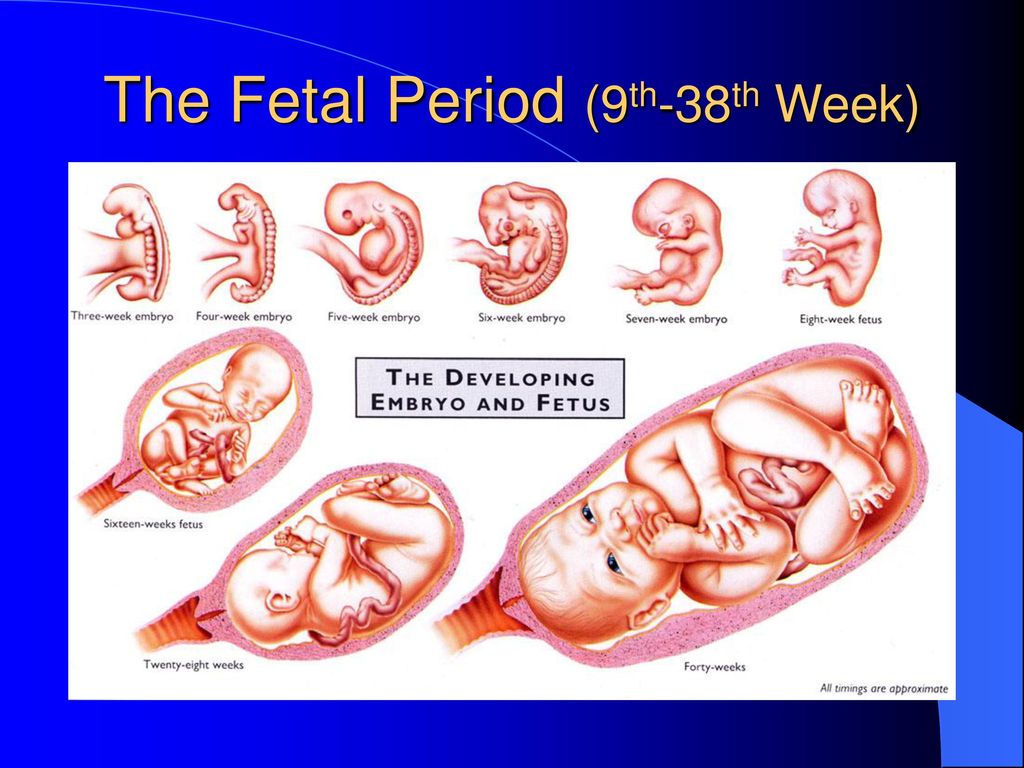 When the baby grows up, the pregnant woman begins to feel his movements.
When the baby grows up, the pregnant woman begins to feel his movements.
When does fetal movement begin during the first and subsequent pregnancies
It is generally accepted that during the first pregnancy, the expectant mother feels the first fetal movements at 20 weeks of pregnancy, with repeated pregnancies - at 18 weeks. This is not entirely true. A mother who is expecting her first child, indeed, most often begins to feel the movements of the fetus a little later than a multiparous woman. This is due to the fact that "experienced" mothers know how the movements of the crumbs are felt at first and what they should feel. Some primigravidas perceive the first movements of the fetus as an increase in intestinal peristalsis, “gaziki”. Many women describe the first movements of the fetus as a feeling of fluid transfusion in the abdomen, "fluttering butterflies" or "swimming fish."
The first movements are usually rare and irregular. The time of the first sensations of fetal movements naturally depends on the individual sensitivity of the woman.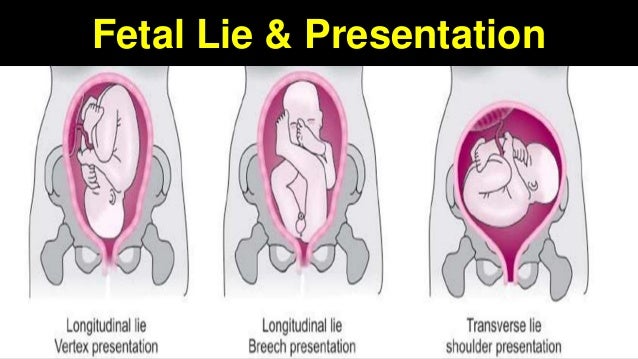 Some future mothers feel the first movements as early as 15-16 weeks, and someone only after 20. Slender women, as a rule, begin to feel movements earlier than full ones. Women who lead an active lifestyle, work hard, usually feel the movements of the fetus later.
Some future mothers feel the first movements as early as 15-16 weeks, and someone only after 20. Slender women, as a rule, begin to feel movements earlier than full ones. Women who lead an active lifestyle, work hard, usually feel the movements of the fetus later.
By 20 weeks, due to the formation of the spinal cord and brain, as well as the accumulation of a certain amount of muscle mass in the fetus, movements become more regular and noticeable .
From 24 weeks of pregnancy, the movements of the fetus are already reminiscent of the movements of a newborn - the expectant mother feels how the fetus changes position, moves its arms and legs. The motor activity of the fetus increases gradually and its peak falls on the period from the 24th to the 32nd week of pregnancy. At this time, the activity of the baby's movements becomes one of the indicators of its normal development. After 24 weeks, the child begins to "communicate" with the mother with the help of movements, respond to the sounds of voice, music, and the emotional state of the mother. With an increase in the gestational age of more than 32 weeks, the motor activity of the fetus gradually decreases due to the fact that the baby is growing up and he simply does not have enough space for active movements. This becomes especially noticeable at the time of childbirth. By the end of the third trimester of pregnancy, the number of fetal movements may decrease somewhat, but their intensity and strength remain the same or increase.
With an increase in the gestational age of more than 32 weeks, the motor activity of the fetus gradually decreases due to the fact that the baby is growing up and he simply does not have enough space for active movements. This becomes especially noticeable at the time of childbirth. By the end of the third trimester of pregnancy, the number of fetal movements may decrease somewhat, but their intensity and strength remain the same or increase.
Fetal movement rate
The baby in the mother's belly moves almost constantly. At the 20th week of pregnancy, the fetus makes about 200 movements per day, and between the 28th and 32nd weeks, the number of movements reaches 600 per day. Naturally, a pregnant woman does not feel all the movements of the fetus, but only a small part of them. So, after 28 weeks, the frequency of fetal movement, according to the sensations of a woman, is usually 4 to 8 times per hour, with the exception of periods of fetal sleep (3-4 hours in a row).
In the third trimester, a pregnant woman may notice that her baby has regular sleep and wake cycles. Children are usually most active from 19:00 to 4:00 in the morning, and the period of "rest" occurs more often from 4 to 9:00 in the morning. Of course, the movements of the fetus depend on the mood of the mother, if the mother is worried or happy, the baby can move more actively, or vice versa, calm down. The fact is that when a mother rejoices, her body significantly increases the amount of hormones of joy - endorphins, which regulate the work of the heart and blood vessels, including the vessels of the placenta. During stress or pronounced negative emotions, biologically active substances are also produced - stress hormones, they also affect the work of the heart and blood vessels. It is thanks to this biological interaction between the organisms of mother and baby that the fetus feels the state of the mother. When the expectant mother is resting, the baby usually becomes more active, if the pregnant woman is active, busy with some kind of work, the child most often calms down. The movements also change depending on the satiety of the expectant mother.
Children are usually most active from 19:00 to 4:00 in the morning, and the period of "rest" occurs more often from 4 to 9:00 in the morning. Of course, the movements of the fetus depend on the mood of the mother, if the mother is worried or happy, the baby can move more actively, or vice versa, calm down. The fact is that when a mother rejoices, her body significantly increases the amount of hormones of joy - endorphins, which regulate the work of the heart and blood vessels, including the vessels of the placenta. During stress or pronounced negative emotions, biologically active substances are also produced - stress hormones, they also affect the work of the heart and blood vessels. It is thanks to this biological interaction between the organisms of mother and baby that the fetus feels the state of the mother. When the expectant mother is resting, the baby usually becomes more active, if the pregnant woman is active, busy with some kind of work, the child most often calms down. The movements also change depending on the satiety of the expectant mother. Usually the baby begins to move actively after the mother eats, especially something sweet. At the same time, the level of glucose in the blood increases sharply, which causes the fetus to be more active.
Usually the baby begins to move actively after the mother eats, especially something sweet. At the same time, the level of glucose in the blood increases sharply, which causes the fetus to be more active.
Fetal movements are the language in which the unborn child speaks to the mother. Naturally, a pregnant woman should listen to the movements, because in some cases, changes in the movements of the fetus may indicate a violation of its intrauterine state and a not entirely successful pregnancy.
If, after 20 weeks of pregnancy, the expectant mother does not feel the movement of the fetus, it may be worthwhile to see a doctor and make sure that everything is in order with the baby.
Methods for assessing the “sufficiency” of fetal movements
Counting the number of movements
The easiest way to evaluate fetal movements is to count the number of movements of the pregnant woman herself. Self-assessment methods are very easy to use, do not require additional equipment, the presence of a doctor and are easily reproducible by any woman. Their disadvantages are that each woman has different thresholds of susceptibility.
Their disadvantages are that each woman has different thresholds of susceptibility.
Count to ten
The most common method for assessing fetal movements is called count to ten . It can be carried out after 28 weeks of pregnancy, when the fetus is mature enough for active movements. Its essence lies in the fact that the expectant mother counts the movements of the fetus for a 12-hour time interval, for example, from 9 am to 9 pm. The time when a pregnant woman catches the tenth movement is recorded on a tablet. If the fetus makes less than 10 movements in 12 hours, this is a reason to consult a doctor for an additional examination.
Sadowski Method
In the evening after dinner (approximately between 7until 11 p.m.), the woman lies on her left side and counts the movements of the fetus. At the same time, everything is considered, even the smallest movements. If 10 or more movements are noted within an hour, this indicates that the baby is moving quite actively and feels good. If the fetus moved less than 10 times in an hour, then the movements are counted for the next hour. Evening time for this assessment method was not chosen by chance. It is in the evening hours, especially after dinner and the associated increase in glucose, that the greatest activity of the fetus is noted. If the number of fetal movements during this test is less than 10 per two hours, this should be considered as a sign of a violation of his condition and additional studies should be carried out.
If the fetus moved less than 10 times in an hour, then the movements are counted for the next hour. Evening time for this assessment method was not chosen by chance. It is in the evening hours, especially after dinner and the associated increase in glucose, that the greatest activity of the fetus is noted. If the number of fetal movements during this test is less than 10 per two hours, this should be considered as a sign of a violation of his condition and additional studies should be carried out.
For an obstetrician-gynecologist, fetal movements are also an important diagnostic criterion for some deviations in the course of pregnancy from the norm. Too active, violent, painful fetal movement or weak, rare movements may indicate its unfavorable condition.
Changes in fetal activity
Changes in fetal activity may be associated with external influences. For example, if a pregnant woman lies on her back for a long time, then the enlarged uterus compresses a large vessel - the inferior vena cava, the blood flow to the fetus is disrupted, which immediately causes its violent reaction - active movements.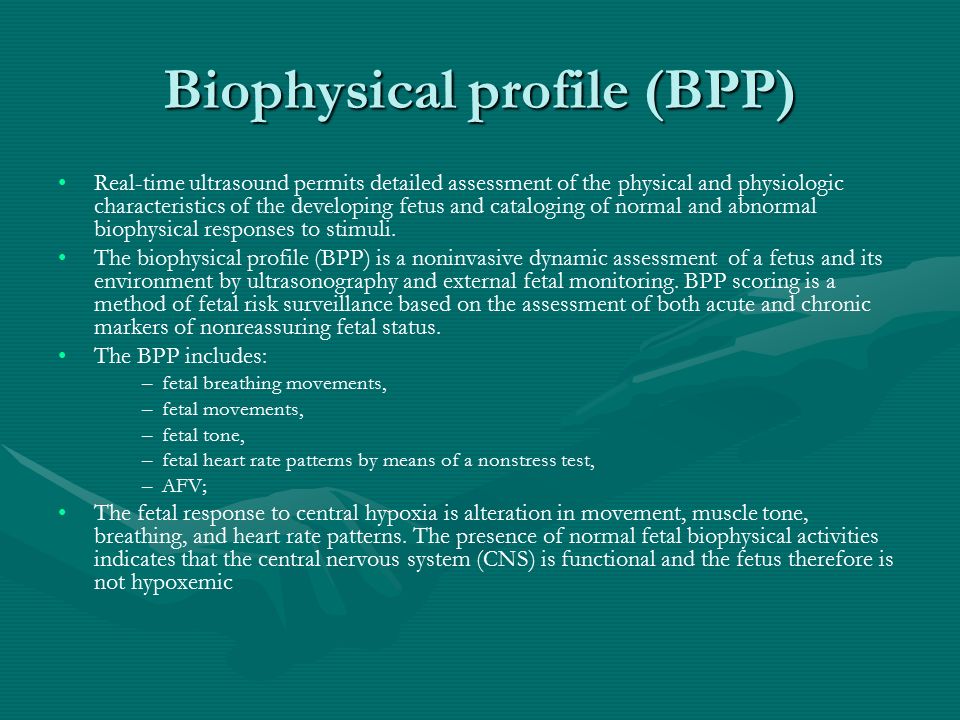 The same changes in the activity of the baby can occur in any other uncomfortable position of the mother - if she leans forward, squeezing her stomach, sits with her legs crossed, the child forces her mother to change her position with her activity. A similar situation occurs if the baby himself squeezes or presses the loops of the umbilical cord, limiting the flow of blood through it. He begins to move more actively, changes his position and relieves pressure on the umbilical cord. However, in some cases, an increase or vice versa, a subsidence of fetal movements can be a sign of a serious pathology.
The same changes in the activity of the baby can occur in any other uncomfortable position of the mother - if she leans forward, squeezing her stomach, sits with her legs crossed, the child forces her mother to change her position with her activity. A similar situation occurs if the baby himself squeezes or presses the loops of the umbilical cord, limiting the flow of blood through it. He begins to move more actively, changes his position and relieves pressure on the umbilical cord. However, in some cases, an increase or vice versa, a subsidence of fetal movements can be a sign of a serious pathology.
After 28 weeks of pregnancy, if your baby does not let you know for 3-4 hours, he may just be sleeping. In this case, the expectant mother needs to eat something sweet and lie down on her left side for half an hour. If these simple manipulations do not lead to a result, it is worth repeating them again after 2-3 hours. If this time the baby does not make itself felt, this is an occasion to consult a doctor. Rare and weak movements can also indicate a fetal problem, most often a lack of oxygen for the baby, that is, fetal hypoxia.
Rare and weak movements can also indicate a fetal problem, most often a lack of oxygen for the baby, that is, fetal hypoxia.
Determining the condition of the fetus
To determine the condition of the fetus, the doctor conducts a series of examinations:
Auscultation (listening)
The simplest is auscultation (listening) with a special wooden tube (obstetric stethoscope) or a special apparatus that captures the heartbeat of the fetus, doctor listens to the baby's heartbeat. Normally, it is about 120-160 beats per minute. A decrease in heart rate less than 120 or an increase of more than 160 indicates intrauterine suffering of the child.
Ultrasound and dopplerometry
During ultrasound, the doctor visually assesses the size of the fetus, the correspondence of the development of the fetus to the gestational age, because with oxygen starvation, the growth rate of the fetus slows down and its size lags behind the norm for each period of pregnancy. Also important is the structure of the placenta, the presence of signs of aging in it, as a result of which the function of transferring blood, oxygen and nutrients to the fetus usually worsens. During ultrasound, the amount and type of amniotic fluid is assessed, which can also change with intrauterine fetal suffering. Dopplerometry of the vessels of the placenta and umbilical cord is a method for studying blood flow velocities in these vessels. With a decrease in the speed of blood flow in any vessel, one can speak of fetal malnutrition of varying severity.
Also important is the structure of the placenta, the presence of signs of aging in it, as a result of which the function of transferring blood, oxygen and nutrients to the fetus usually worsens. During ultrasound, the amount and type of amniotic fluid is assessed, which can also change with intrauterine fetal suffering. Dopplerometry of the vessels of the placenta and umbilical cord is a method for studying blood flow velocities in these vessels. With a decrease in the speed of blood flow in any vessel, one can speak of fetal malnutrition of varying severity.
Cardiotocography (CTG)
This is an important method for assessing the condition of the fetus. CTG is performed at a gestational age of 33 weeks or more, since only in this period of intrauterine development of the baby is a full-fledged regulation of the activity of the cardiovascular system of the fetus by the centers of the spinal cord and brain. Recording of fetal heartbeats is carried out for at least 40 minutes, and if necessary, the study can be extended up to one and a half hours.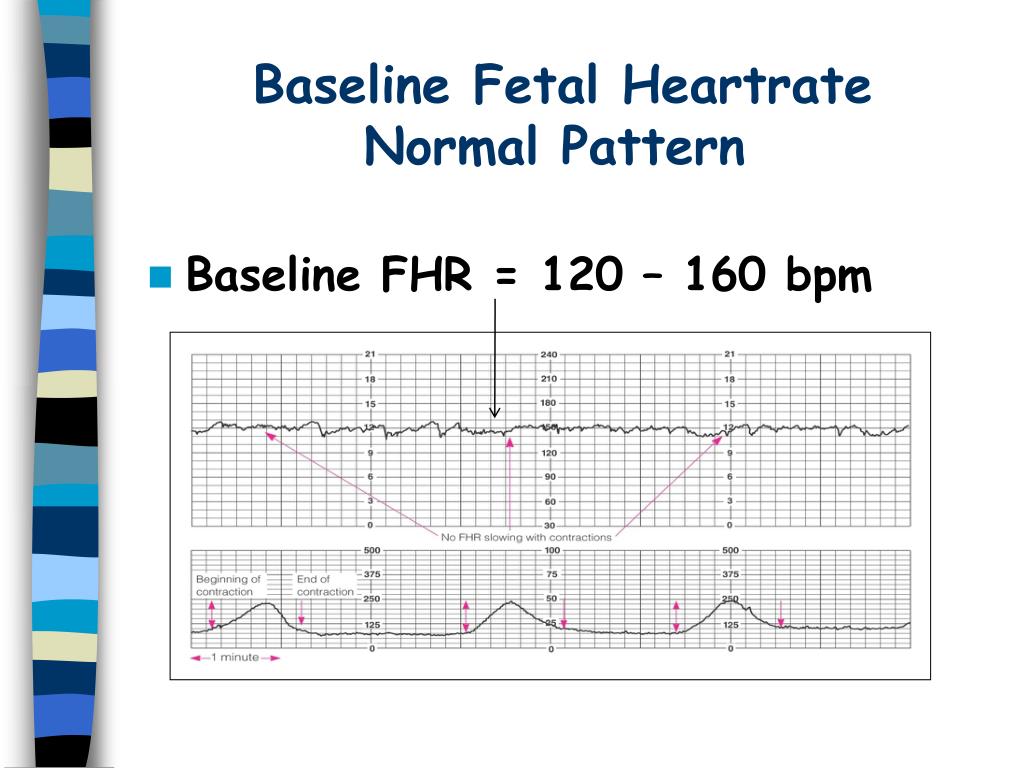 The device registers and records the baby's heart rate. For example, with a decrease in the concentration of oxygen in the blood of the fetus, the supply of oxygen to the cells of the nervous system decreases, which in turn affects the heart rate, especially during the period of wakefulness of the child. The obstetrician-gynecologist evaluates the heartbeat recording curve, episodes of slowing down and a sharp increase in the fetal heart rate, and based on these data, makes a conclusion about how comfortable the baby feels in the mother's stomach.
The device registers and records the baby's heart rate. For example, with a decrease in the concentration of oxygen in the blood of the fetus, the supply of oxygen to the cells of the nervous system decreases, which in turn affects the heart rate, especially during the period of wakefulness of the child. The obstetrician-gynecologist evaluates the heartbeat recording curve, episodes of slowing down and a sharp increase in the fetal heart rate, and based on these data, makes a conclusion about how comfortable the baby feels in the mother's stomach.
If during additional methods for assessing the condition of the fetus, initial disturbances in the supply of oxygen to the baby are detected, drug treatment is carried out aimed at increasing the access of blood and oxygen through the placenta and mandatory control examinations against the background of ongoing therapy. If the changes are deep and the baby experiences a pronounced deficiency of oxygen and nutrients, his condition suffers, an emergency delivery of such a patient is performed.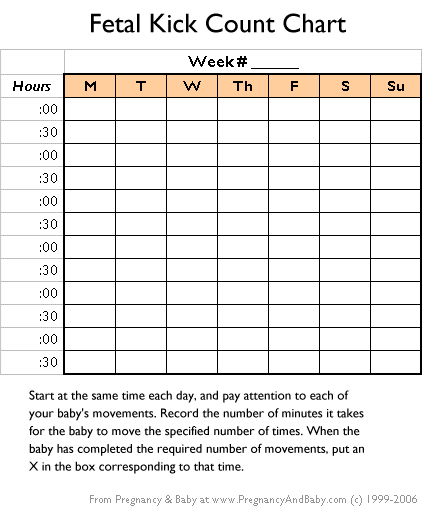
Fetal movements are not only an indicator of his condition, it is a way of communication between the baby and parents. The movements of the crumbs in the mother's tummy are unforgettable sensations that a woman can experience only in this short, but such a happy period of her life.
Center for Fetal Medicine in Moscow:
The main activities of our center are the early detection of congenital malformations in the fetus, prenatal screening for the detection of chromosomal abnormalities in the fetus, as well as pregnancy complications such as preeclampsia, fetal growth retardation and threatened abortion.
Our center is organized in such a way that the whole range of services is concentrated in one place, where a woman receives the results of various types of examinations, including ultrasound, biochemical, and specialist consultation within 1-1.5 hours. In the presence of a high risk for chromosomal diseases in the fetus, invasive diagnostics and genetics consultation are carried out here in the center.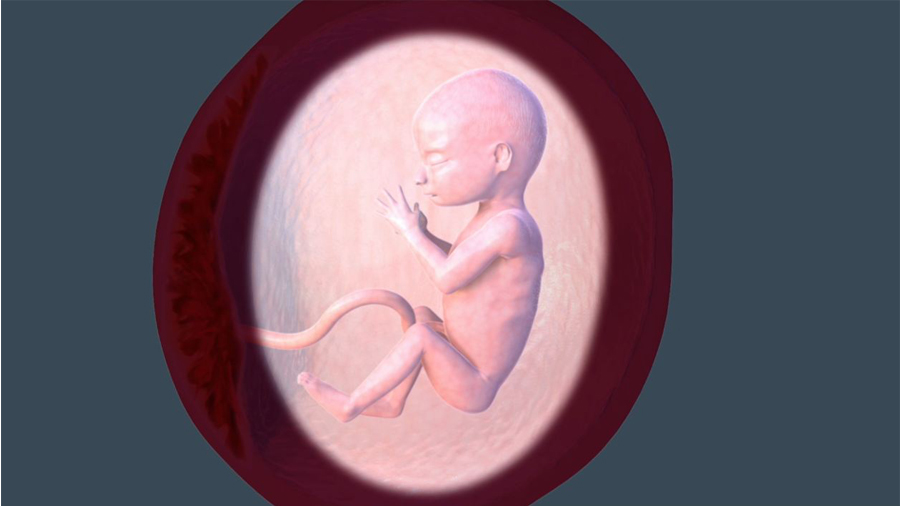
Fetal echocardiography is given special attention in our center, since congenital heart defects in the fetus are increasingly common today, but, unfortunately, are often missed during ultrasound during pregnancy.
In view of the ever-increasing number of multiple pregnancies, which requires more time and a special approach, the observation of women with multiple pregnancies has been allocated to us in a separate clinic for multiple pregnancies.
All examinations in the center are carried out according to the international standards FMF (Fetal Medicine Foundation) and ISUOG (International Society for Ultrasound in Obstetrics and Gynecology). In complex clinical cases, we can consult with specialists from King's College Hospital, King's College Hospital (London, UK).
The team is a special pride of the center. Our doctors are not only one of the leading specialists, professors, doctors and candidates of medical sciences, doctors of the highest categories, they are also a team of like-minded people and real enthusiasts in their field.